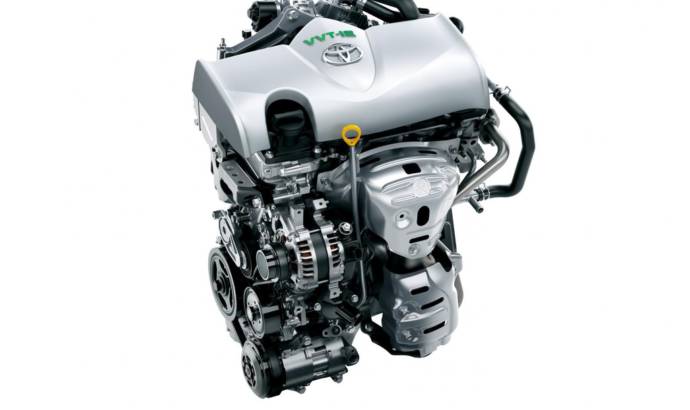Toyota will increase the environmental performance of its current range with a new series of highly fuel-efficient engines with improved thermal efficiency1.
The new engines feature leveraged combustion and loss-reduction technologies to achieve fuel efficiency improvements of at least 10 percent over current vehicles. The engines will be introduced with partial redesign in the near future. A total of 14 new engine versions will be introduced globally by 2015.
One of the engines that benefit from the improved technology is the 1.3-liter gasoline in which Toyota is employing the Atkinson cycle. It is used in dedicated hybrid engines.
Use of the Atkinson cycle provides an increased expansion ratio and reduces waste heat through a high compression ratio (13.5), resulting in superior thermal efficiency. Toyota will use other innovations including an intake port with a new shape that generates a strong tumble flow (whereby the air-fuel mixture flows in a vertical swirl) inside the cylinder, and a cooled exhaust gas recirculation (EGR) system paired with Variable Valve Timing-intelligent Electric (VVT-iE) technology to improve combustion and reduce loss.
After this modifications, the new engine will have a maximum thermal efficiency of 38 percent. this is very good compared to mass produced engines. Combined with start-stop system and other functions, the modifications will lead to fuel efficiency gains of approximately 15 percent.
Another improved engine is the 1.0-liter engine jointly developed with Daihatsu Motor. This unit has achieved maximum thermal efficiency of 37 percent due to a similar modifications. Combination with the Start-stop function allows vehicles to achieve a maximum fuel efficiency of 30 percent over current vehicles.



